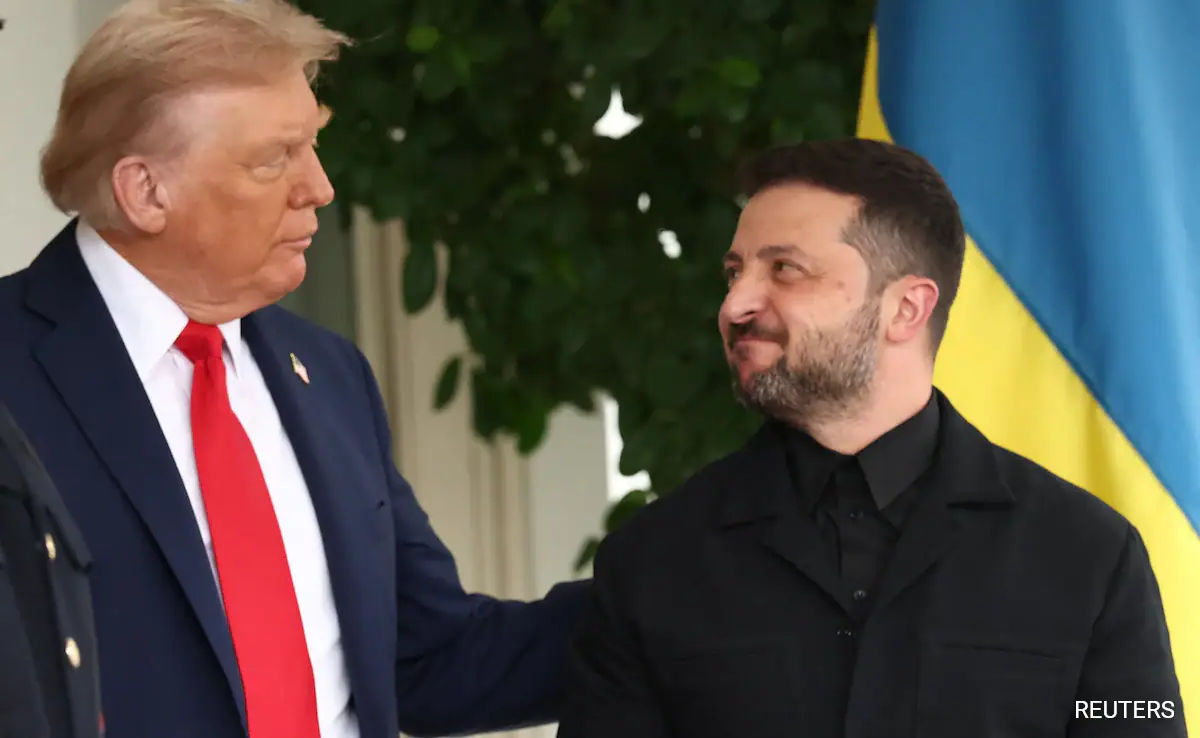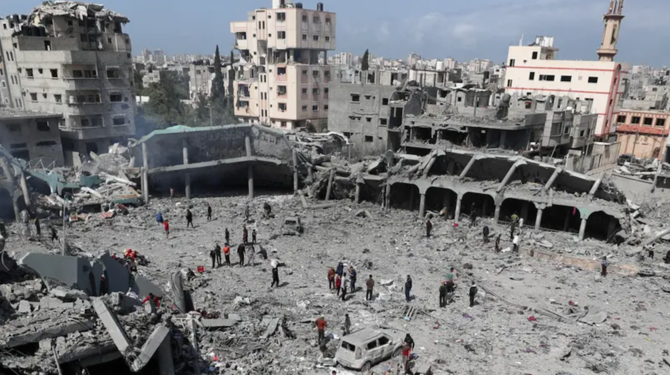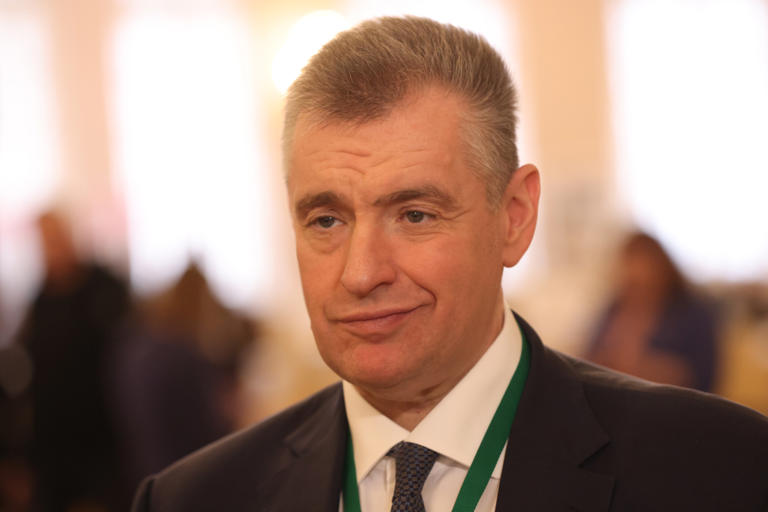- The United States In a hastily planned White House meeting, President Donald Trump gathered European leaders and Ukrainian President Volodymyr Zelenskiy. Seven European leaders, the Ukrainian president, their motorcades, dozens of Trump administration staff and more than 100 journalists swarmed the White House campus on Monday in anticipation of the unusual meeting. on Monday to discuss a path to ending Russia’s war in UkrWould Trump and Zelenskiy agree on a path to peace? Or would their most recent meeting in the Oval Office turn into a bitter argument, as it did in February? Neither scenario occurred. In February, Zelenskiy was criticized for his appearance and manner, so he changed both. Wearing more formal clothing and repeatedly expressing his gratitude to Trump, he was greeted by a far more complimentary U.S. president than in the past.
However, despite Trump’s promise to assist in the security of Ukraine following a possible peace agreement, there was no immediate indication that any party had significantly altered their positions regarding land swaps, security guarantees, or sanctions. Instead, Trump said at the end that he would host a meeting with Putin, the Russian president, to talk about the many problems that still need to be fixed. HEAPING PRAISE
“Have you ever said “thank you”?” U.S. In February, Vice President JD Vance questioned Zelenskiy, accusing him of not being sufficiently thankful for U.S. assistance. On Monday, Zelenskiy made sure that was not an issue. Eight thanks, mostly to Trump, were included in his inaugural address from the Oval Office. “Thank you so much, Mr. President, I appreciate your attention. I am deeply appreciative of your personal efforts to end the killings and this war. “I appreciate it,” Zelenskiy said. He included the U.S. first lady, who sent a letter to Putin about abducted children in Ukraine.
“My thanks to your wife using this opportunity,” the Ukrainian president said. “And we are grateful to all of our partners for supporting this format. Additionally, leaders from the UK, France, Germany, and other partners in Ukraine will support us following our meeting. I am grateful to them. Thank you so much for inviting me.” The meeting couldn’t have been more important. However, one of the diplomats in Washington, D.C.’s most frequently asked questions was innocuous: Would the Ukrainian president wear a suit? The answer: kind of.
Zelenskiy showed up to the White House in what one European diplomat described as “almost a suit.” Jetted chest pockets and tiny lapels adorned his black jacket. He didn’t have a tie on. His attire, which distinguished the boardroom from the battlefield, could be described as combat formal. Those sartorial details matter when it comes to dealing with the U.S. president, who was upset that Zelenskiy did not wear a suit for their February meeting.
However, Zelenskiy passed the fashion test this time. When one journalist in the Oval Office said Zelenskiy looked “fabulous,” Trump chimed in to agree.
“I said the same thing,” Trump told reporters.
DIVIDE OVER CEASEFIRE
The assembled European leaders, Zelenskiy included, were careful to paper over policy disagreements with Trump, keeping their comments vague and showering the U.S. president with compliments.
But one point of disagreement did bubble to the surface.
Friedrich Merz, the German chancellor, told the leaders and media that he wanted Putin to agree to a ceasefire. Trump had long called for an end to the fighting in Ukraine. However, following his meeting with Putin last week in Alaska, he largely abandoned that goal, which was widely regarded as a diplomatic setback for Ukraine. Now, the president of the United States says he is fine trying to get straight to a peace deal. Merz stated, “To be honest, we all would like to see a ceasefire.” “Let’s work on that because I can’t imagine the next meeting taking place without a ceasefire.” Trump retaliated by asserting that he has resolved numerous conflicts without first establishing a cease-fire. Who’s on the ground in boots? One of the great mysteries that hung over the summit was what support the U.S. would give to secure any Russia-Ukraine deal long term.
Reflecting American reluctance to commit to military entanglements or a head-to-head confrontation with a nuclear power, Trump has not offered U.S. troops’ “boots on the ground” to protect Ukraine from Russia. Instead, he has offered weapons sales and promised that Americans will do business in Ukraine, assurances that Ukrainians see as far less than a security guarantee. Europeans are preparing for a peacekeeping mission backed by their forces.
Trump, on the other hand, did not rule out the possibility of including U.S. troops in Ukraine as part of U.S. security guarantees for that nation. Instead, he hinted at an announcement regarding the subject on Monday. “We’ll let you know that, maybe, later today,” Trump said. He said Europe was the “first line of defense” but that “we’ll be involved.”
WHAT’S NEXT
Trump stated that he would contact Putin to arrange a trilateral meeting with Ukraine at a time and location to be determined. The assembled leaders agreed that such a meeting was the logical next step, despite some private reservations. Nonetheless, Trump and his allies are underestimating the complexity of the next steps. First, Putin was unsure whether he would actually meet with Zelenskiy, whom he frequently refers to as an illegitimate leader, because Russia has in the past delayed and obstructed high-level meetings with Ukraine. In addition, it is unclear how much a meeting at the principal level would actually help the cause of peace. The gulf between the Russian and Ukrainian positions is vast. On Monday, the Kremlin stated that the presence of NATO troops in Ukraine is not an option, which would be difficult for Ukraine to accept. Another proposal that the leaders of Ukraine are not interested in is Russia’s demand that Ukraine split significant portions of territory that Kyiv controls. Reporting by Trevor Hunnicutt and Gram Slattery; Additional reporting by Zoe Law and Heather Timmons; Editing by Colleen Jenkins and Cynthia Osterman
Takeaways: Well-mannered White House welcome for Ukraine leaves many questions




